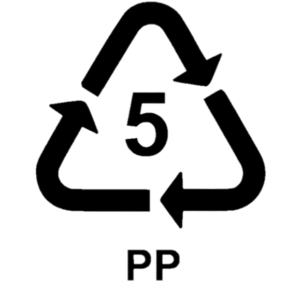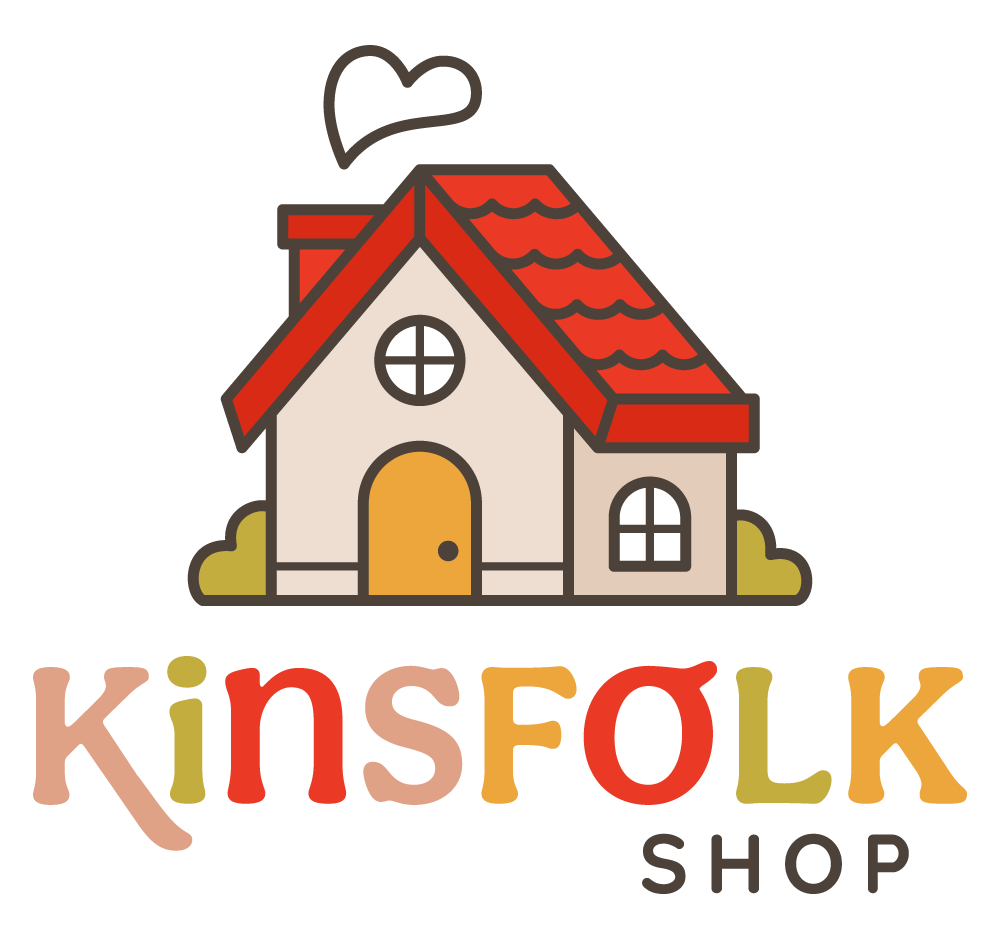While recycling is headed the way of the unicorn (many question its existence and whether or not it's just a huge scam), it's still important to know how to properly dispose of products and their packaging.
The recycling symbol (aka the mobius loop) is the international symbol for recycling, but just because something has that symbol on it, doesn't mean it's actually recyclable.
The symbol will often have a number in the middle of it if it's on something made of plastic. This is called a resin code and lets you know what type of plastic that particular thing is made out of.
|
|
#1 Polyethylene terephthalate PET / PETE is used to make many food containers, jugs, peanut butter jars, etc. Accepted in most blue bins. |
|
#2 High density polyethylene HDPE plastics include shampoo bottles, cleaning product bottles and detergent jugs. Also accepted in most blue bins. |
|
|
#3 Polyvinyl chloride PVC is a soft plastic used in a ton of stuff! Toys, construction materials, even furniture. PVC is very difficult to recycle. |
|
|
#4 Low density polyethylene LDPE is used to make plastic wrap, grocery bags, bread bags, newspaper bags, etc. It's not often recycled. |
|
 |
#5 Polypropylene PP is used to make straws, carpets, bottle caps, those little yoghurt and creamer containers, black plastic take out containers, etc. It's not often recycled. |
|
#6 Polystyrene PS is Styrofoam and is used to make cups, take out containers, packing material, etc. It can sometimes be recycled. |
|
|
#7 Other/Mixed This category is for plastics that come from mixed sources, or don't fall under the other categories. They are often not recycled. |
So what does this mean?!
Always check with your local municipality before tossing something in the recycling. Even if it has a recycling symbol, it doesn't mean your area accepts it and is set up to process it. Also, make sure it's clean and there isn't any leftover food, soap, etc.
Throwing things in the recycling that don't belong there (aka wishcycling) just puts additional strain on the system and can contaminate recycling streams.
For a free printable chart, click here!

